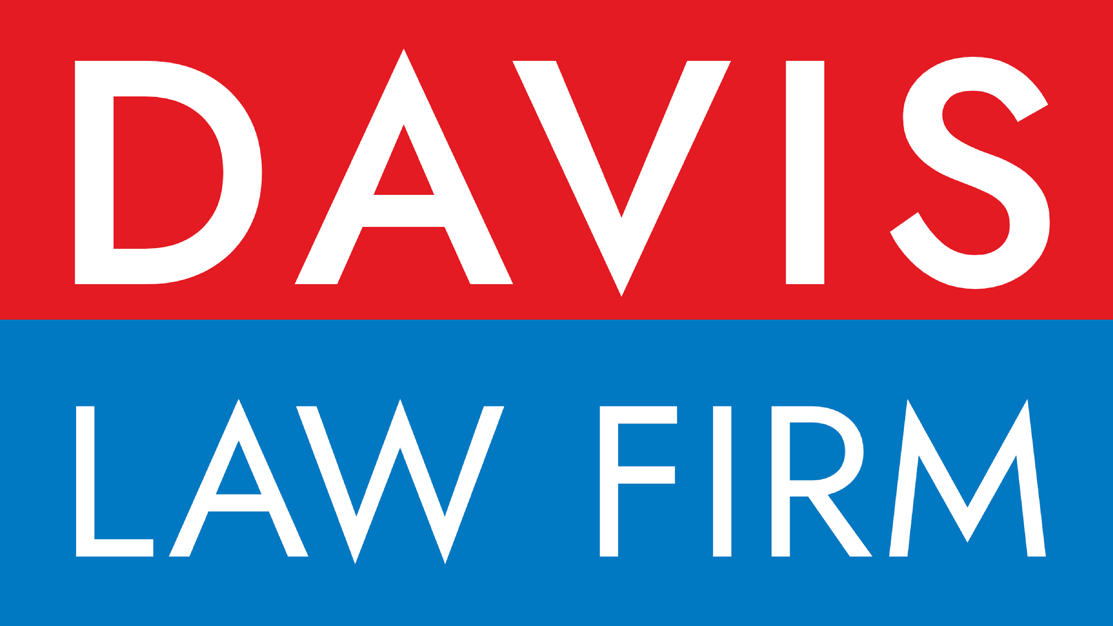You have heard that student loan debt is not dischargeable in bankruptcy. It’s true that is the general rule. But in certain cases, when there is undue hardship, it is sometimes possible to discharge student debt through bankruptcy.
In fact, such a discharge just happened in a case in Buffalo, New York, involving a 64-year-old woman who owed over $56,000 in student debt for an education that she didn’t ever finish.
After beginning college, the woman chose to leave school to take care of her parents. So she fell behind on the student loan debt.
Subsequently, the woman received $25,000 from her parents as part of their Medicaid / Medicare planning. She used this money for their care, not her own debt relief.
The bankruptcy judge said it was to the woman’s credit that she used the $25,000 in this way, rather than for paying down her own debt.
In approving the woman’s request for an undue hardship exception, the judge reaffirmed that granting the exception is rare. But he noted that the woman had frugal habits, had recently been laid off and was faced with the prospect of perpetual poverty if the exception were not granted.
The judge therefore concluded that the woman met the test for an undue hardship discharge. The section of the bankruptcy that allows for this is found at 11 U.S.C. §523(a) (8) (B). It is not often granted, but this case is a reminder that it is possible under certain circumstances.
Texas debtors should also keep in mind that even if student debt is not discharged, a bankruptcy filing can address other debts so that the student loan payment becomes more manageable.
Source: “Rare Discharge Is Granted in Case of Student Loan Debt,” New York Law Journal, John Carter, 7-17-12
